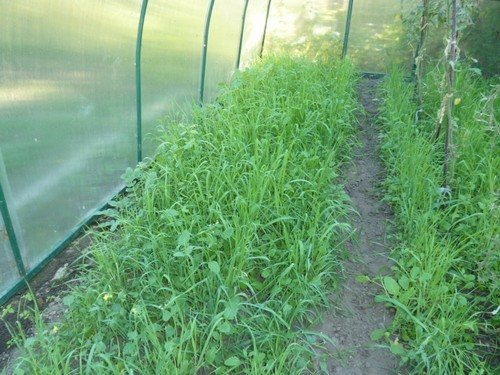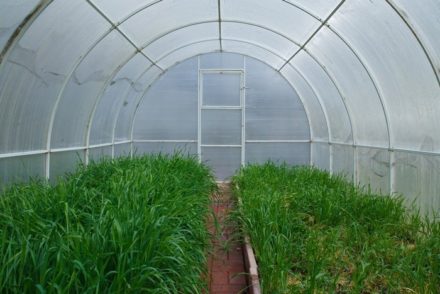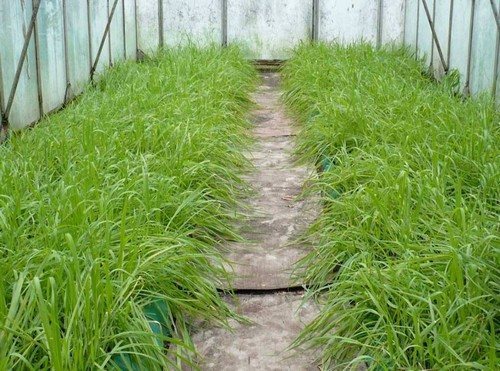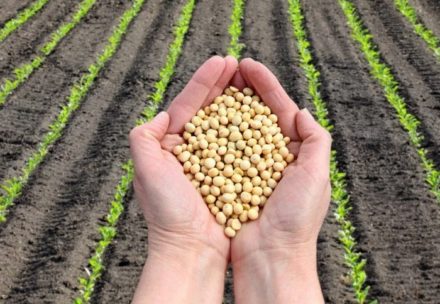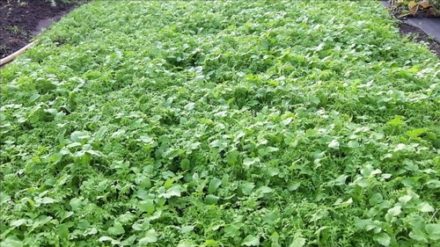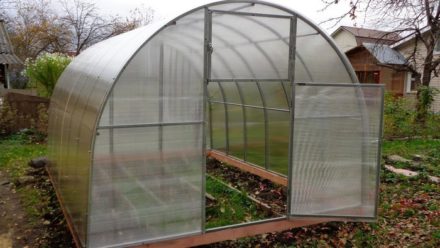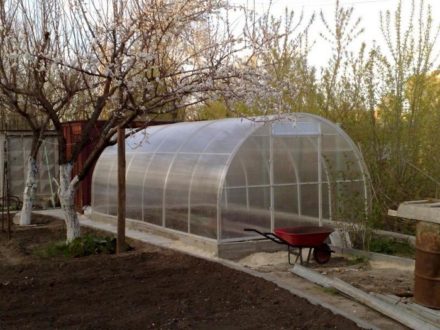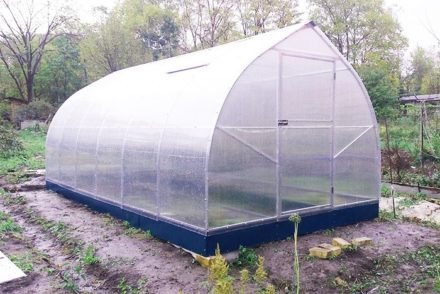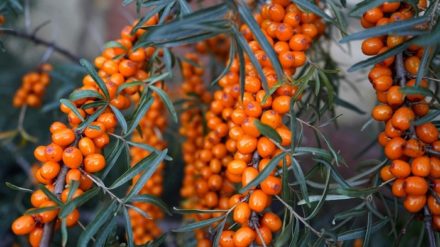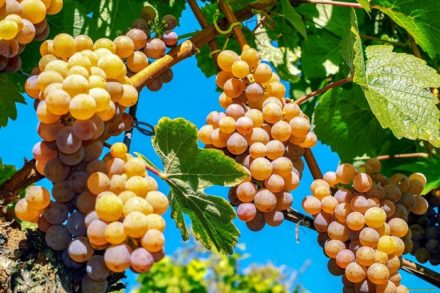In a greenhouse, the soil is depleted much faster than in an open area, so it is necessary to take additional measures to restore the nutritional value of the soil. Green manures are well suited for this purpose - plants that not only increase soil fertility, but also improve its structure.
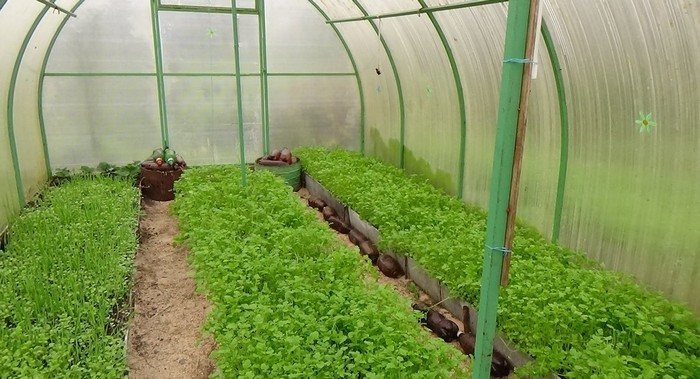
Green manure for autumn sowing for different crops
The greenhouse is used for growing heat-loving crops. Most often, peppers, tomatoes, eggplants, and cucumbers are planted in it. These crops have different requirements for a set of nutrients and are affected by various diseases. Based on this, you need to choose green manure.
Green manure in autumn for tomatoes, peppers, eggplants
After growing nightshade crops, which include tomatoes, eggplants, and peppers, pathogens and pests accumulate in the soil. A green manure plant is chosen depending on its ability to heal the soil. This list includes several crops.
Oilseed radish
The plant has a high growth rate, drought tolerance, and cold resistance, so it is suitable for autumn planting. In the time remaining before winter, the oilseed radish will have time to grow greenery, which is then mowed and buried in the ground.
The culture contains essential oils that help fight pest larvae and nematodes. Radish seeds are mixed with dry sand and scattered over the surface of dug up and loosened soil.Then the seed material is embedded in the ground with a rake to a depth of 3–4 cm.
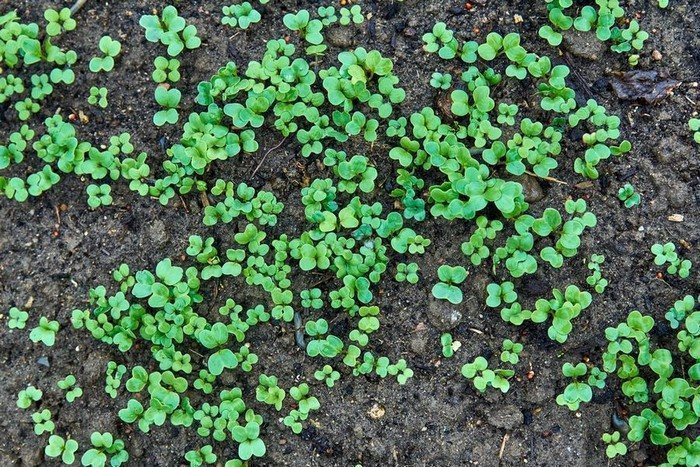
White mustard
This is another plant rich in essential oils. It is often planted in greenhouses after growing tomatoes, eggplants and peppers or before planting them. The culture supplies the soil with humus and improves its structure. Mustard rids the soil of rot pathogens and other fungal diseases and has a depressing effect on pests. Green manure reaches the desired condition in a short time.
Mustard can withstand frosts down to – 5 °C. Having sown the grass in early autumn, it is mowed after reaching a height of 20 cm and left on the surface. If sowing was carried out later (mustard can be sown until November), the seedlings are not cut off before wintering. Mustard seeds do not need to be buried in the ground. They are simply scattered on the garden bed, trying to distribute them evenly, and then watered abundantly. The first shoots will appear in 4–5 days.
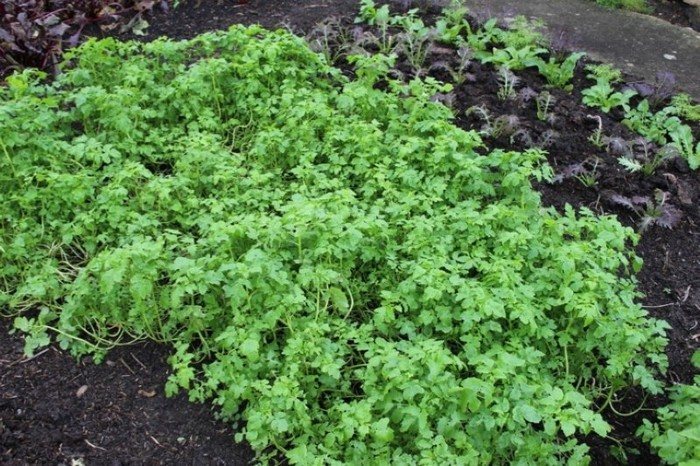
Calendula (marigold)
Calendula is rarely grown as green manure. But it is in the greenhouse where the nightshade will be planted that this plant will be appropriate. The substances contained in calendula have a beneficial effect on the condition of the soil. With its aroma, the plant will repel the Colorado potato beetle, which loves to eat eggplants.
Calendula has a moderate growth rate, so it is better to sow early - in early autumn or late summer. The plant tolerates light frosts well, but requires regular watering. When sowing, the seeds are buried 2-3 cm into the soil.
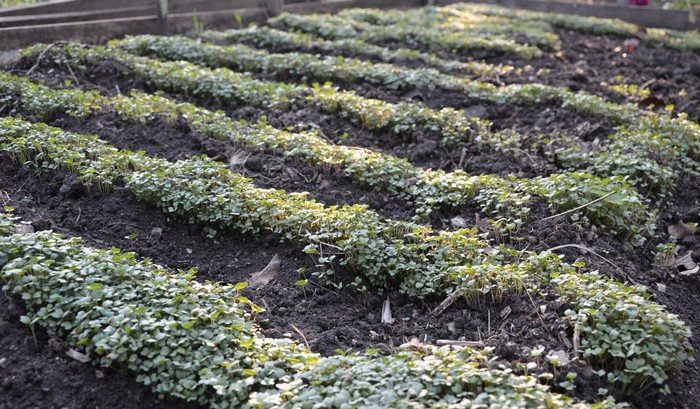
Green manure suitable for cucumbers
Cucumbers, like other members of the pumpkin family, absorb many nutrients from the soil as they grow. Before planting them, it is necessary to saturate the soil with all the necessary elements in advance. Some cereals and legumes will help with this.
Lupine
Agronomists compare this plant to manure in its ability to saturate the soil with nitrogen compounds. True, the crop cannot be called unpretentious; it requires regular watering. In addition, lupine grows slowly and does not tolerate frost well.
However, if you plant this green manure in the garden for several seasons in a row, even the most impoverished soil will be restored. Lupine is sown at the end of summer or at the very beginning of autumn, as soon as the harvest is harvested in the greenhouse. The seeds are planted to a depth of 3 to 5 cm. After 2 months, the seedlings are mowed down, preventing them from blooming.

Barley
Barley is more suitable for autumn sowing than other green manure cereals. It has fast growth rates and reduced watering requirements. Thanks to its powerful roots, the grass improves the structure of the soil and inhibits the growth of weeds. The crop is planted in a greenhouse in the first half of September. The seeds are buried 3–4 cm into the soil. After sowing, the soil is watered abundantly. Before the arrival of winter, green manure is cut off or left as is.
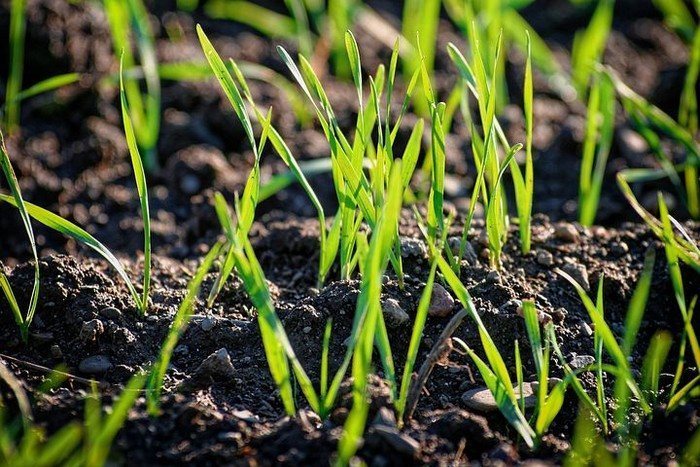
Oat and vetch mixture
The good thing about the mixture is that both plants complement each other, supplying the soil with everything it needs. The grass will help make the soil permeable to air and moisture. Vetch, like all legumes, will saturate the soil with nitrogen, phosphorus, and potassium. The culture is growing very quickly.
By sowing these two plants together, you can drive nematodes out of the greenhouse. Sowing is done early, since both crops are not frost-resistant. Oats and vetch are sown immediately after harvesting in September, deepening the seeds into the soil by 3-4 cm.
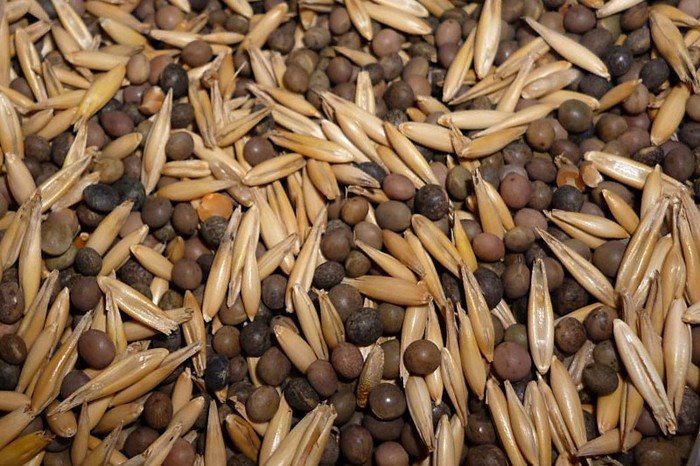
There are also universal green manures - phacelia, oats, rye. They can also be sown in the fall in the greenhouse to improve the soil parameters. The soil is pre-cleaned of plant residues, weed rhizomes, and dug up. To prevent the green manure from turning into a weed, the crops will need to be mown before flowering.


